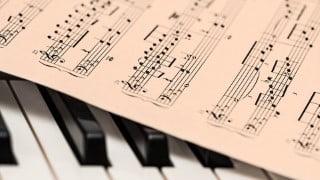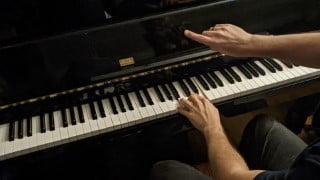Rhythm and Meter
Learn how meter and rhythm in music emerge from our cognitive processing of sounds. This universal explanation is based on psychological experiments. Discover how understanding the cognitive processing of sounds can help you predict how your music will be heard and its temporal effects. Explore the generation of meter and the structure of time in music. Uncover the musical elements that create rhythm and how they are contextualized by the meter. Finally, understand the interplay between meter and rhythm. Perfect for musicians, producers, and composers.
What you’ll learn
- Hearing subtle rhythms and rhythmical tensions that are important for the feeling of a song.
In this class I want to show you how meter and rhythm in music emerge from our cognitive processing of sounds. Because this holds for all humans, this explanation of meter and rhythm is as universal as you can get. It is also based on psychological experiments that have been carried out over the last decades.
Knowing the cognitive processing of sounds is of great usefulness when you are making music because it let’s more consciously predict how your music will be heard by the listener, what effect it will have in the temporal realm.
In the first section, we will explore how we cognitively generate the meter step by step, by listening to an example song. We will then have a look how and why we give the time (during which the music flows past us) a structure.
In the second section, we are going to have a look at the musical elements that can produce a rhythm. In a single melody there can be several rhythms at play already. We also will explore how the rhythms are contextualised by the meter, how they get a certain meaning for the listener.
Lastly we gonna take a look at the combination of meter and rhythm, how one affects the other.
Who this course is for:
- Musicians, Producers, Composers







